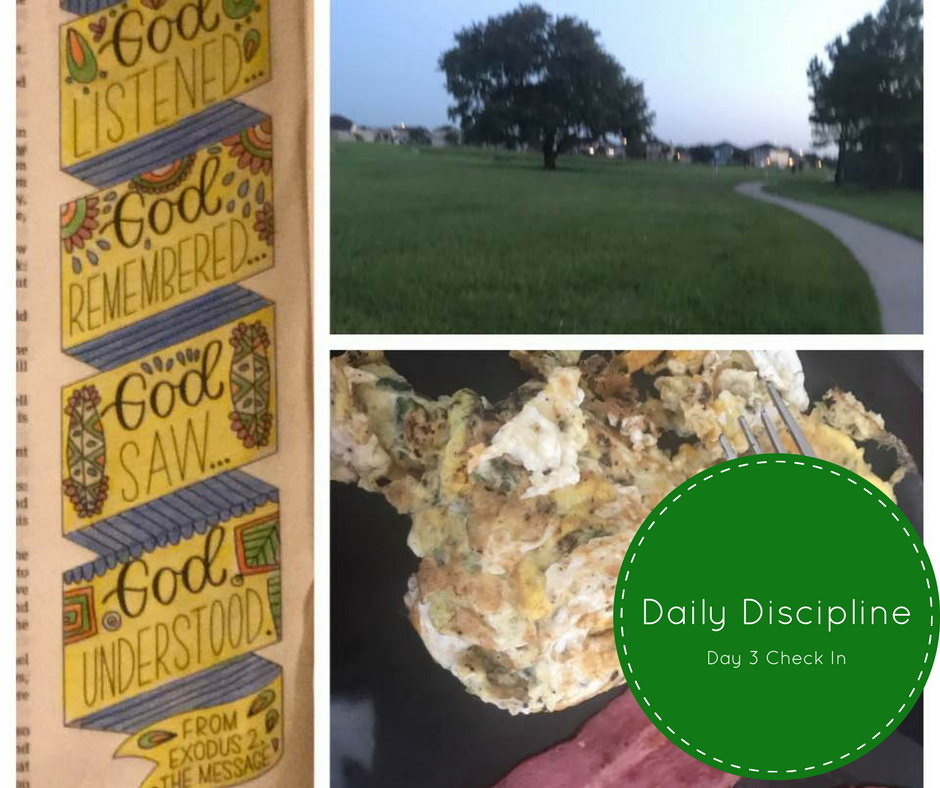My Experience Visiting Cape Coast and Accra, Ghana

Once again, it’s been a while since I’ve posted. I said in the past that I enjoy my life. I have good friends and family. I love my church and my home. I travel a few times a year which I love to do. The one area I wanted to see improvement in was my love life. Well, last November I started dating a man and he’s consuming a lot of my free time. If I’m not talking to him (he’s long distance) I’m thinking about him. If I’m not thinking about him, I’m praying about and for him. If I’m not praying about and for him, I’m in the Word or fasting seeking God’s will about him. So the blog has taken a bit of a back seat, but I’m recommitting myself as this is an important part of my life too.
Related: A Recap of My Mission Trip to Bogotá, Colombia
Last month I made my first trip to Africa. Visiting Africa has been a dream of mine since forever. I went to Ghana (with my boo thang ??). I actually had a couple opportunities to go to Ghana in the past that didn’t pan out right. The first time I was in college at Florida A&M University. The business school was launching a study abroad program in Ghana. I was close to graduating so I missed out on the opportunity. Another time my employer was sending a group to Ghana and I applied but wasn’t chosen. It’s amazing how life often gets you to where you want to be in due time. Visiting Ghana this time wasn’t even my idea. It was suggested and I simply said, “sure.”
[bctt tweet=”Life often gets you to where you want to be in due time.” username=”Charlene_Dior”]
The Slave Castles
Ghana has several slave castles or forts. What was started as trading posts for other goods such as gold and ivory turned into trading ports for people. If I remember correctly, what originally brought the Dutch and Portuguese to West Ghana (also known as the Gold Coast) was actually gold.
Thousands of men and women were held in the slave castles for months at a time waiting for the slave ship to return from the Americas. They were held in dungeons underneath the actual “castles” while the Governors lived and worshiped in the castles. Yes, worshiped God. They were Christians. As you can imagine the living conditions between the slaves and the Governors was vastly different. The dungeons were often hot with very light, if any. The castles were cool and airy with tons of windows in each room.
The men and women were kept separate. As mentioned, they were held in the dungeon for months. They slept on the harrowing floor of the dungeon. They cried on that floor. They vomited on that floor. They urinated on that floor. They menstruated on the floor. I imagine they prayed on that floor. Some refused to eat while laying on that floor. Many even died on that floor. When they died their bodies were dumped nonchalantly into the ocean. The only time a slave left the dungeon was to walk through the door of no return, be transferred to a different space used as a punishment (where they would die in many instances), or to have sex with the Governor (women). If the women refused they too were punished.
The Door of No Return:

Osu Castle
The first slave castle we visited was the Osu Castle located in Accra. This was also the worst castle. You had to squat and duck walk your way through the dungeon. In the other two castles you could stand upright. There were no windows or sources of light. It was hot. You can see in the picture below my face is sweating.
This castle was originally occupied by the Portuguese but changed hands a few times. Today, the castle is government property. At one time it was the “White House” so to speak of Ghana, but a new building was built near by.


Cape Coast Castle
The second castle we visited was the Cape Coast castle built by the Swedes. Cape Coast is about a three hour drive from Accra. Despite it’s ugly history it is such a beautiful place. Similar to the Osu Castle, the slaves lived in horrendous conditions. Their last memory of their home land was filled with fear, terror, uncertainty, and heartbreak. The Europeans, however, lived in luxury.


In the picture of the dungeon below you can see the canals in the ground. This is where bodily fluids flowed as they were emptied into the ocean. It was heartbreaking to stand on the floor of the dungeon knowing the thousands of people who laid there. Standing where they tears and urine flowed. Breathing the air they painstakingly breathed.


In the picture below, you can see four graves. I don’t recall who these people were. On the right, I believe it is the Governor and his wife. Not sure who the third person is. The far left grave is a black man. He in some way helped capture slaves. He was respected enough to not have his body thrown in the ocean. Yet, even in death he had to be separate from the “superior” whites.

Elmina Castle
The last castle was the Elmina Castle, a short drive from the Cape Coast Castle. The Elmina Castle was also originally Portuguese before being seized by the Dutch. A lot of the castles actually had churches on the grounds. The Europeans would praise God above ground while tormenting and forever changing the lives of captured slaves below ground. The second picture below is the church at the Elmina castle.


This plaque describes the death of the General at the Elmina castle. He died shortly after arrival. The thought is that he died from malaria. The second set of script is from the priest. I can’t recall all that he said, but I do know that he referred to the General as a “God-fearing man.”
“Only the priest can tell us how he was God-fearing considering (the role he in played in slavery).” – the tour guide

The Europeans came to West Africa without their wives so they often picked out women slaves to be intimate with. The men working for the Governor would go down to the female dungeon and pick out women to send to the Governor. Since they had been laying in urine and feces for weeks or even months these women were bathed and made presentable for the Governor. For some slaves, this was welcomed. Not in the sense of having sex, but having the opportunity to bathe and leave the dungeon.
See the stairs the women climbed from the dungeon to the Governor’s room and the Governor’s room below.


Other women refused to have sex with the Governor. And when they did they were sent to a smaller cell or depending on the castle forced to hold a heavy cannon ball in the middle of the corridors for all to see. They were often tortured and made an example of. When they returned to the female dungeon and the other slaves saw them they would be less likely to put up a fight of their own. The picture below shows the cannon ball and the spot where the woman had to stand.

Holding Everyone Accountable
The tour guide at Cape Coast said and I’m paraphrasing, “We often hold slave owners responsible for slavery, but we should hold everyone accountable.”
The truth is the Africans held a role in slavery as well. I showed you the grave of the black man above. He obviously wasn’t held in captivity in the dark dungeon of terror. Nor was he taken from his beloved homeland never to return again. He also wasn’t callously thrown into the ocean upon his death. To some extent he was revered by the Europeans.
Related: I Had to Grow to Be Here
Slaves were captured in Africa due in part to other Africans. They were captured while drunk. They were also captured as prisoners of war. There are hundreds if not thousands of tribes in Africa. In the past, these tribes were often at war with each other. Often times when one tribe defeated the other the defeated tribe ended up as slaves.
I imagine no one could have foreseen the extent of the damage that would be done. Maybe they didn’t care. But Europeans and whites from the Americas aren’t the only ones to blame. Africans played a role as well. I’m not saying this to place blame, it’s just important we acknowledge the truth. We continue to see such division and pitting of blacks against one another today in Africa and in America.
The plaque below is hanging at the slave castles in memory of our ancestors who faced the unfaceable. It’s also a reminder that we can’t allow injustices against humanity to take root in our world. We can’t be silent. We can’t repeat history.

Other Historical Sites
Ghana’s first president was Kwame Nkrumah. It’s hard to imagine, but Ghana received independence from Britain in 1957, during some of our parent’s and grandparent’s lifetime. Nkrumah did a lot to move Ghana forward and to promote the idea of “one Africa”. However, at one point, he was ousted as president and had to relocate to Guinea and never returned to Ghana. He has come to be more appreciated in recent times.
The Kwame Nkrumah Memorial Park:


W.E.B. Dubious lived in Ghana in his last years. He moved to Ghana after being invited by Kwame Nkrumah to write encyclopedias on African countries. I believe he completed 3 volumes, each featuring 2 countries. We visited his home while in Accra. His in home library and packing case as it was called below:


Welcome Home, Sister
I was so welcomed in Ghana. People often welcomed me home. “Welcome home, sister,” they’d say. Each castle has what is referred to as “the door of no return.” Once the slave walked through that door they boarded the ship and never returned home again. But today we are welcomed home, back to the mother land. The door of no return has been transformed to the door of return. The choice is ours and we are welcomed.

More Pictures
One of the first things I did in Ghana was shop!

You just cannot go to Africa and not get a headwrap. Ghana is especially known for the kente cloth:

I’m super adventurous so bring on the authentic Ghanaian dishes please! What is this? I don’t quite know…lol. ?I do know that on top is cow’s skin. In Africa, they eat the whole cow! I’m mean even the genitalia. (Yep, not a joke). Was it tasty? I took one bite of the cow’s skin and that was it. The rest was pretty good. However, the black dish is spicy and I don’t do spicy so I left that alone.

One of the most popular dishes in Ghana is banku and okra stew. The picture below is banku (the white dough), kenkey (next to banku), okra stew and fried fish. You eat the soup and banku (or kenkey) with your hands. I mostly ate the fish. ?

My stomach absolutely did not agree with local food. I won’t go into details. Use your imagination. So for the rest of the trip I stuck to plantains, rice, noodles, and fish. One thing to note about Ghana: Just because it’s on the menu doesn’t mean they actually have it. I learned to ask before looking at the menu what they did or didn’t have. It was so frustrating to spend 15 minutes deciding on a dish only for them to say it wasn’t available.
Noodles with shrimp and octupus:

Tilapia with jollof rice:

Plantains and chicken:

Enjoying the scenery:
Mini photo shoot on the beach:

Outside at Elmina Castle:

With ostrichs:

Enjoying my boo.








